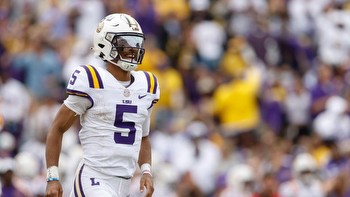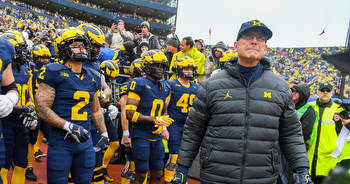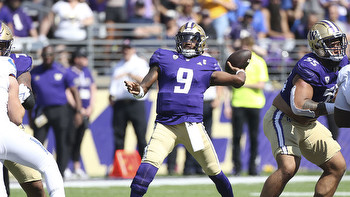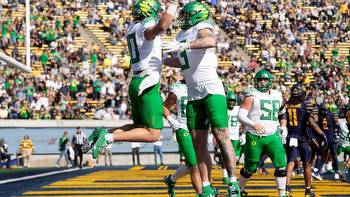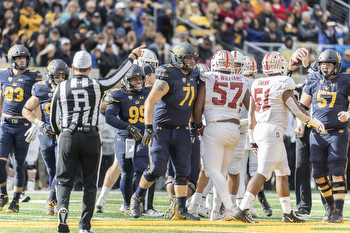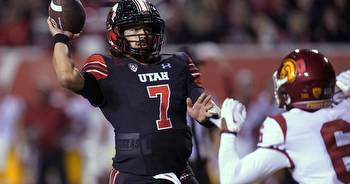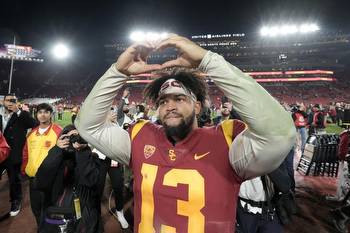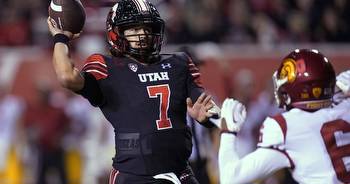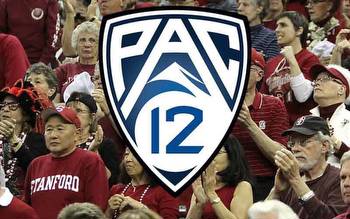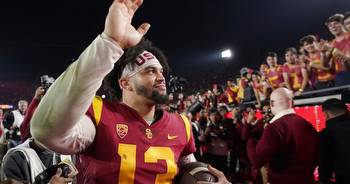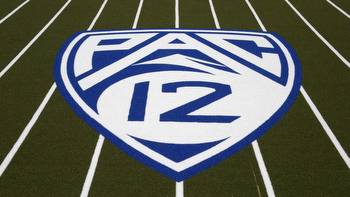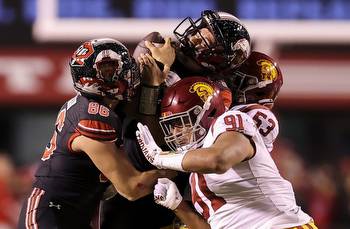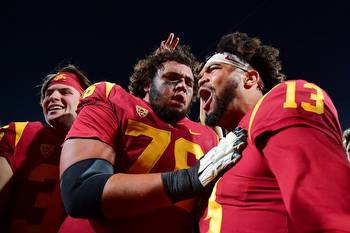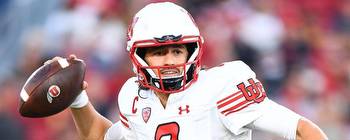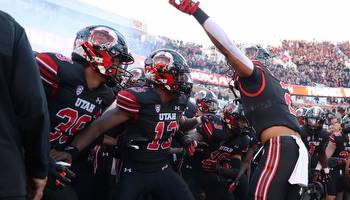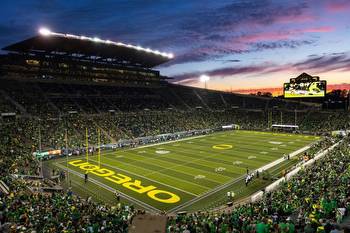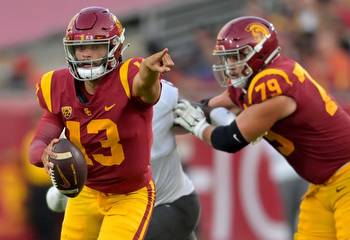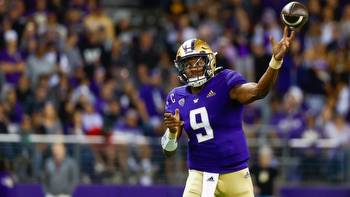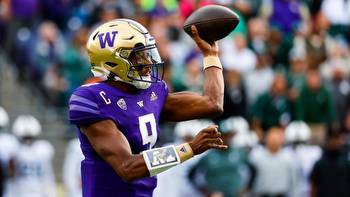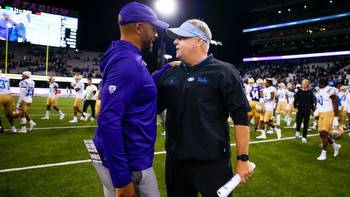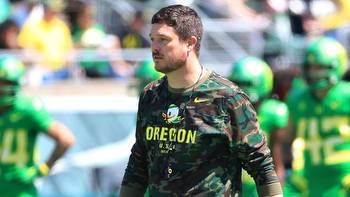Oregon, Washington football poised for instant impact in Big Ten; league's investment likely to pay dividends
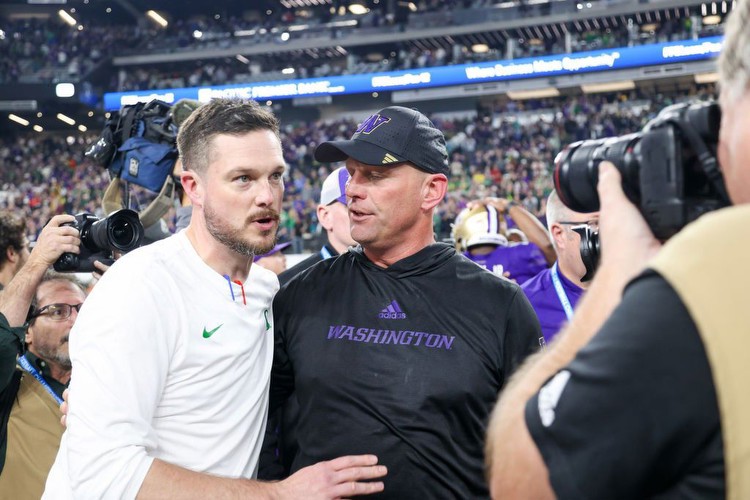
The Big Ten pushed a major domino in altering the college football landscape during the summer of 2022, announcing the additions of USC and UCLA for the 2024 campaign. The Trojans and Bruins are prized additions for the conference, which is at the forefront of the latest wave of realignment. But the two schools the Big Ten voted unanimously to invite one year later may prove to be the more impactful newcomers. Oregon and Washington round out a group of four West Coast schools set to unite with the Big Ten this summer.
The conference essentially picked them off the clearance rack, agreeing to dish out reduced shares of its media rights revenue in return for serving as somewhat of a lifeboat from the sinking Pac-12.
That investment could instantly pay dividends for the Big Ten, more so than the one it made in securing membership from the Los Angeles schools.
Consider the immediate futures for each of the four football programs entering the fold.
Washington enters next week’s CFP National Championship Game with the nation’s longest winning streak, having reigned supreme in each of its last 21 contests. Its second-year head coach, Kalen DeBoer, earned numerous 2023 National Coach of the Year awards and boasts an unbelievable 104-11 record throughout his coaching stops across all levels.
Oregon was likely a win away from this year’s Playoff itself, and few would doubt the Ducks’ ability to sustain success so long as Dan Lanning remains at the helm. The program continues to out-recruit many of college football’s blue-blood programs on an annual basis. It might even be in line to secure a commitment from the nation’s No. 2-ranked transfer — former Texas A&M wide receiver Evan Stewart — to bolster a class that already features two prolific quarterback prospects in Dillon Gabriel and Dante Moore.
Think those programs are going anywhere in the foreseeable future? Think again. The Huskies are in discussions with DeBoer to ink a massive, long-term contract extension. The Ducks have all the resources and financial backing they could ever need. Both are primed for lengthy stints at or near the top of the college football world.
If any of the four Big Ten newcomers is poised to compete for a conference title in year one, Oregon is that team. Washington, which has not lost to the Ducks since the current head coaches landed their respective jobs, may not be far behind — even with countless potential departures such as quarterback Michael Penix Jr. and wide receivers Rome Odunze, Ja’Lynn Polk and Jalen McMillan.
It’s not like USC is short on coaching or resources. Lincoln Riley remains arguably one of the best coaches, regardless of age, in the sport. And the privately-funded athletic department is among the highest-profile landing spots for prominent student-athletes, many of which come from its own backyard in the Los Angeles area.
But year after year, the Trojans — for whatever reason — fail to deliver on their potential. The 2023 squad, which featured a Heisman Trophy-winning quarterback and some of the best skill position talent in the country, won just seven games. USC might have been lucky to reach bowl eligibility if it played the most recent campaign in the Big Ten. The transition to a more physical, defensive-minded conference could be a wake-up call for a program that many have deemed “soft.”
UCLA is likely in even worse shape. Despite the fanbase’s continuous calls for the school to part ways with head coach Chip Kelly amid a low-ceiling tenure, he remains on staff amid the move to the Big Ten. The athletic department is bleeding cash, reporting a $28 million operating loss during the 2022 fiscal year. Even with new conference money coming in, the Bruins may not have the resources necessary to compete at the highest possible level.
The Southern California schools boast a larger local television market than do Oregon and Washington combined. But contrary to college football executives’ popular beliefs, the product on the field — not always the number of people watching — is what makes a college football team a championship contender.
The Ducks and Huskies may prove that next season.

